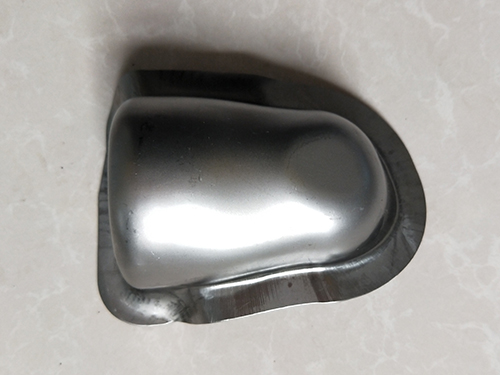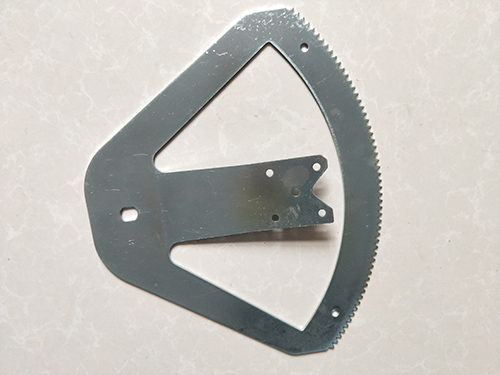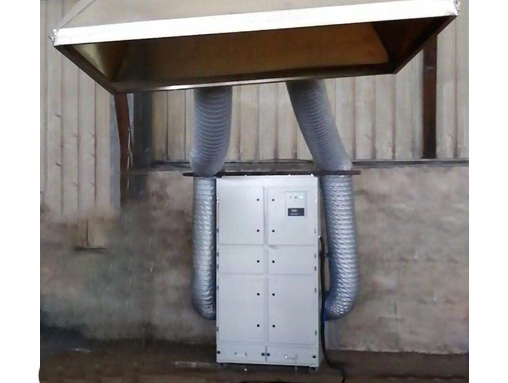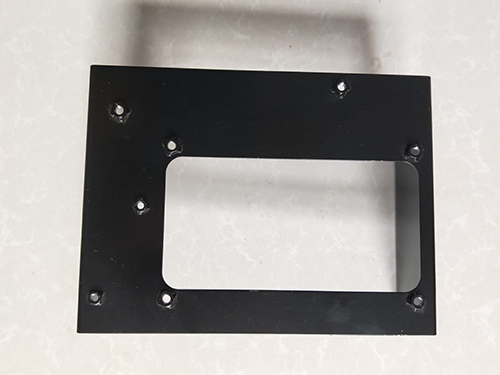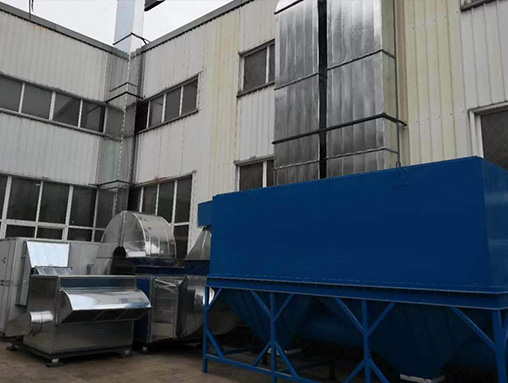Methods and influencing factors for reducing unevenness in metal stamping parts
Causing metal stamping parts; The reason for unevenness is mostly due to dust or iron filings adhering to the appearance of raw materials or molds, which not only lowers the appearance of the product but also significantly reduces productivity. So how can we avoid this problem? Below are 5 methods for reducing the unevenness of metal stamping parts based on practical experience.
5 methods to reduce the unevenness of stamped parts:
1. Inspection and correction of drawing dies: Drawing dies need to be regularly inspected and maintained to reduce the occurrence of bumps and maintain a stable state. The usual practice is to use samples to inspect the adhesion scratches and machining surface (concave die fillet, convex die fillet) of the edge pressing ring.
2. Inspection and correction of the shearing die: The reason for the occurrence of bumps and depressions after the shearing process is due to the production of iron powder during the shearing process. Therefore, observe the iron powder before stamping to avoid the occurrence of bumps and depressions.
3. Appropriate robot speed: For semi-automatic drawing die production, when the drawing punch is in the lower die position and the robot speed is fast, burrs will fall on the upper part of the punch, causing bumps and dents. To avoid this problem, we can conduct a discharge test on the parts before production, and set the speed and discharge angle of the robotic arm reasonably to prevent it from touching the parts and the lower mold.
4. Check the cross-section: When cutting the coil material, the wear and damage of the cutting die will produce a lot of tiny iron powder adhering to the cutting edge. Therefore, before stamping production, check the double cross-section in the material area or stamping line, and clean the sheet metal in a timely manner to remove burrs.
5. Inspection of the sheet metal cleaning device: Before stamping production, it is necessary to inspect and adjust the cleaning and placement simultaneously to ensure that the sheet metal can be cleaned properly. This is also necessary, and attention should be paid to the roller gap and the quality of the cleaning oil. The detailed method is to apply red paint on a steel plate and then clean and settle it thoroughly. Currently, check the shape of the previous removal of the red paint. Assuming that the removal rate does not meet the standard, then inspect and repair the cleaning and settling. Reduce cleaning oil in a timely manner when it is insufficient.
The braking performance of a car is one of its important features, and users are increasingly valuing the subjective evaluation of braking performance, especially the feeling of the brake pedal. The pedal feel is usually described by the relationship between pedal travel, pedal force, and braking deceleration. For example, "soft" and "ineffective" braking correspond to small pedal force, long pedal travel, and weak deceleration ability. Its advantage is that the braking force is easy to control when driving at medium and low speeds, but its disadvantage is that it requires large braking force and long pedal travel during emergency braking. Braking 'hard' and 'spiritual' are exactly the opposite.
There are many factors that affect the characteristics of the brake pedal, including the diameter of the master cylinder and wheel cylinder, the assist ratio of the vacuum booster, and the internal clearance of the brake system.
1. The Influence of Rubber Reaction Disk Stiffness
The rubber reaction plate is the core component of the vacuum booster that generates assistance, and its stiffness value is closely related to the pedal characteristics. Considering that the rubber reaction plate is a flexible material with an incompressible volume, it can be simplified into a hydraulic cylinder, and the stiffness of the rubber reaction plate can be simulated by the spring stiffness in the hydraulic cylinder. The rubber reaction plate has variable stiffness and cannot directly set the spring stiffness to a value.
2. The influence of brake hose deformation
When the brake pressure is transmitted from the master cylinder to the wheel cylinder, it passes through the brake hose. Due to temperature and pressure changes, the brake hose will undergo varying degrees of deformation during the vehicle braking process. This deformation will directly affect the flow rate and velocity of the brake fluid, thereby affecting the characteristics of the brake pedal.
